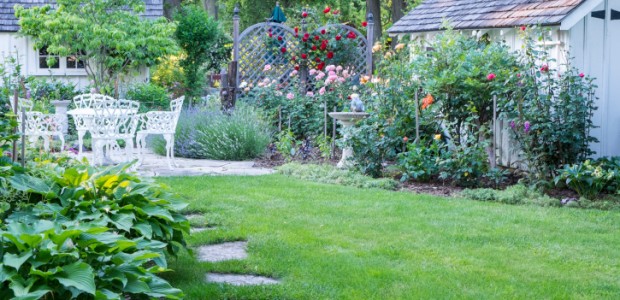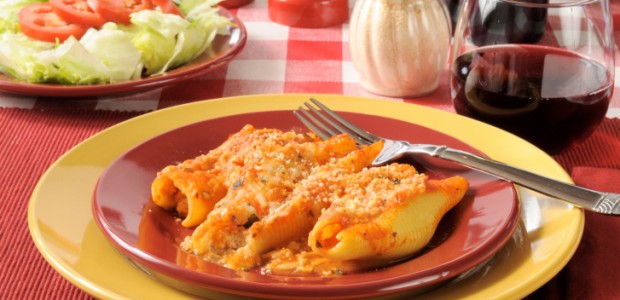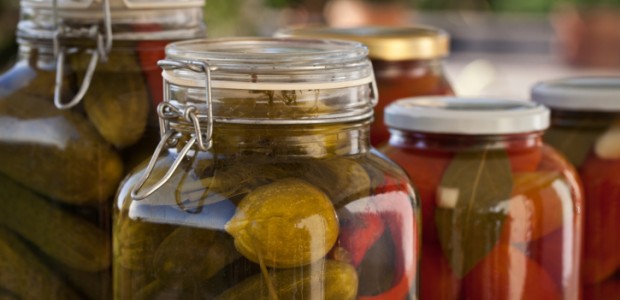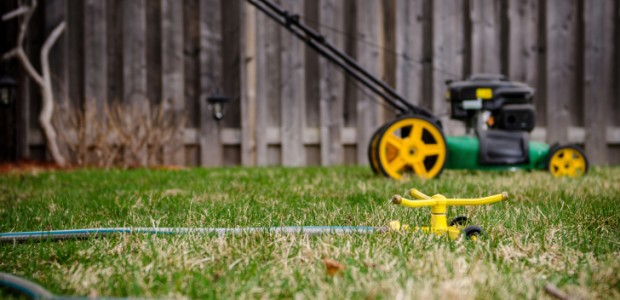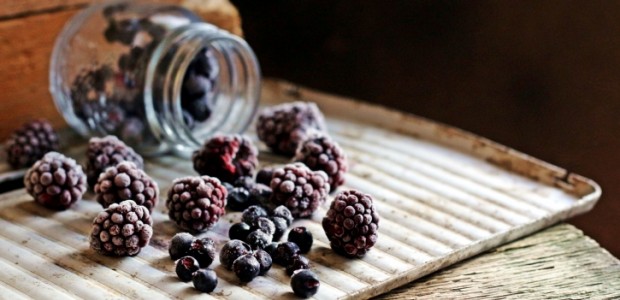
Standard light bulbs were good in there day but now it is time for them to be replaced with LED light bulbs. LED lights are eco-friendly and they provide the same amount of brightness if not more than their earlier counterparts.
Switching all your lights to LED lights will save a great deal more energy, which means that you, as the homeowner, will be saving a lot on your light bill each month. Also, they will last you so much longer. This means you will not have to risk getting a nose bleed every few months after standing on a ladder replacing your light bulbs.
You will also find that conventional bulbs attract mosquitoes and bugs, especially during the summer time because they emit UV light. LEDs on the other hand do not do that so you won’t have to stink up the house or damage the ozone layer with harmful fumes from an insecticide spray can.
LED lights can be used just about anywhere in your home, both indoors and outdoors and have I mentioned just how energy saving these babies are? A conventional bulb will waste up to 60 watts per hour. In less than no time, their efficiency diminishes significantly, down to 20 percent even. Then you have LED bulbs, which function at 80 percent efficiency and only waste 10 watts per hour. This certainly goes a long way to reducing the huge drain on humanity’s limited energy reserves.
If you are worried about cost, then you can relax. While the LED bulbs are more expensive, a lot of light companies are actually giving you some of your money back for switching to a more energy-reducing, greener light bulb alternative. Plus, you will be saving a load of money on your monthly bill which means you can spend more on outdoor adventures with your family and enjoy Earth’s natural light.
There is another way that the LED bulbs are helping the environment out and as indirect as it might be, it still helps. With global warming and all, the spring and summer months are getting warmer and muggier. For those of you who can not afford centralized air conditioning or even an A/C unit, you will have to find other ways to keep your home cooler. In most cases, this means closing your windows and doors but without direct sunlight during the day, you will have to turn your lights on to see. This in itself will cause the temperature inside your home to rise because conventional bulbs warm up. LED bulbs do not. So how exactly does that help Mother Nature? It keeps you from going so insane from the already muggy situation and going out to buy an air conditioning unit, which will harm the environment.
LED bulbs come with all kinds of perks that conventional ones do not. There are some that come in different colors, in case you want to create a mood in a certain room in your home (like the picture above). Others have dimmable qualities so you do not have to contend with a bulb that shines like the sun if you do not need it to like in hallways, restrooms, or living rooms. Some even come with a Wi-Fi feature that lets you turn the bulb on, off, or even control the level of dimness right from your desktop, laptop or smartphone.
If the reasons I mentioned are not enough to convince you then maybe this will. When you throw your old bulbs away, you are introducing mercury into the landfill and ultimately the soil. LED lights do not contain mercury but since you have to replace the conventional bulbs and discard them, you should take them to a recycling center as oppose to just throwing them away.


